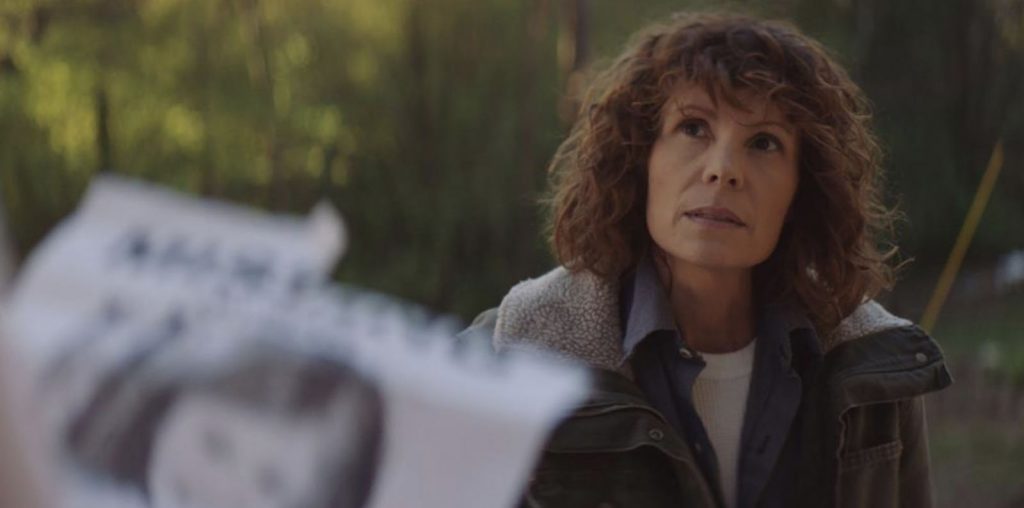
“the impossibility of stillness…i’m thinking,” a recent video by Henry Gwiazda, shares many features with his previous work. Like many of his films, “stillness” presents us with a series of nearly still tableaux, created with 3D animation software. In this case the settings are in a series of dilapidated public squares and inner courtyards in a European-looking city. These tableaux are peopled by a few figures: ordinary looking people who are mostly in still poses, but these poses frequently change with discrete, individual motions: raising an eyebrow, moving an arm. The lighting of these scenes likewise shifts in occasional discrete shifts which are completely unmotivated and unnatural, as if a series of invisible spotlights filled the space, occasionally going off or on. The silence of these scenes is broken up intermittently by short bursts of ambient sound: traffic noises or crowd sounds. A series of numerals appear on the screen throughout each scene, each number calling attention to one of these discrete, minute shifts in posture, sound, or lighting. There are also occasional titles on the screen, calling attention to the subjective, physical sensations of one of the figures: “I feel the breeze on my arm.”
The “old city center” settings, with their old flagstones and bricks, fill the scenes with a variety of tactile textures. The many staircases and level changes provide a variety of viewpoints for the static shots. Then again, several of the superimposed titles reference these stairs, and how “each step changes the view” and how “uneven” the steps are. Like the tableaux themselves, the experience of walking on old staircases is of tiny changes which come in discrete units, where each step has a slightly different feel to it.
The lighting changes serve mainly to articulate different qualities of the space, and it is sometimes startling how a subtle change in the light completely shifts our feeling of the contour of the scene. The figures, too, seem mainly placed about the scene to help the viewer imagine what it would feel like to be in various parts of the space. Everything in the work points to the subtle, often barely noticed details one has as in daily life: seeing light, hearing ambient noise, standing in various positions.
In modern life, in which many of us have jobs which are more mental than muscular, it is fairly rare to have a supremely physical, “I am 100% inside of my body” experience. We are used to feeling this only during physical extremes: when we’re too hot or too cold, making love, or straining in the gym. We tend to think of physical experiences as being less important than mental and emotional experiences, but it is really these “fully inside the body” moments when one feels most completely alive and most whole.
When my life is coming to an end, I don’t want to look back at my precious time on earth and realize “I missed most of it because I was worrying or chattering to myself, and so I wasn’t fully conscious of it.” I’d love to have that “fully alive, fully conscious” feeling for as much of my life as I can manage. Gwiazda’s work depicts completely ordinary, physically comfortable moments which are nevertheless experienced as fully lived, fully inside of the body moments of physical mindfulness. He shows that living in this way can make ordinary situations continually interesting and full of surprising beauty. His work suggests how to achieve a meaningful, fulfilling life through the simplest and most direct means of fine tuning your sensory awareness. It’s a lot of philosophy, and a lot about life, to come out of such seemingly simple, undramatic images.
